Oleander Initiative in Japan - Directed by Convisero mentor Ray Matsumiya
Convisero mentor Ray Matsumiya is leading the Oleander Initiative as its Director. Below is a summary of the program’s description:
Program Summary
Ray Matsumiya
2024 Oleander Initiative Participants, from Canada, Kenya, Uganda, the United Kingdom, and the United States
Months after the atomic bomb was dropped over Hiroshima, Japan, a small patch of red oleander flowers bloomed out of the irradiated rubble. Since then, red oleander has symbolized both the dangers of nuclear war and the hope of a more peaceful future. In a similar spirit, the Oleander Initiative leverages the “power of place” of the city of Hiroshima – the first city to be devastated by nuclear weapons – to harness the power of education to promote more peaceful societies.
The Oleander Initiative gathers educators from communities around the world to work together and transform the lessons of Hiroshima into relevant and impactful peace education activities for their students. The Oleander Initiative generates deep awareness of the catastrophic humanitarian impacts of nuclear weapons and equips participants with intellectual tools for conflict resolution and mutual understanding.
Program Description
During early August in 2016 and 2017, educators from the Middle East, North Africa, Japan and the US gathered together during the anniversary of the atomic bombing of Hiroshima, today a vibrant metropolis known as the City of Peace. During the program, Oleander educators developed lesson plans for their students informed by interactions with atomic bomb survivors, schoolteachers from the city of Hiroshima, and from experts on the humanitarian impact of nuclear war. These lesson plans — fine-tuned and co-developed with Oleander staff and fellow participants during the program — have a concrete and tangible impact on their students and communities. They raise consciousness about the catastrophic global impacts of nuclear war and inspire our next generation to work locally to promote peaceful societies.
Program Activities
Instruction from top academics in the fields of peace education and nuclear weapons issues
Testimonials from hibakusha atomic bomb survivors from Hiroshima and Nagasaki
August 6thatomic bombing memorial ceremony hosted by the city of Hiroshima
Educational collaborations with teachers and students from Hiroshima
Attendance at the World Conference against A & H bombs, the oldest and largest of its type
Personalized guidance to assist development of educational activities best suited for Oleander educators’ local contexts
Visits to Miyajima and Hiroshima Castle
Cultural Activities including Kagura performance, tea ceremony, and calligraphy
Three day visit to Nagasaki
Two day orientation activities in Tokyo


